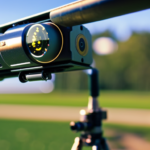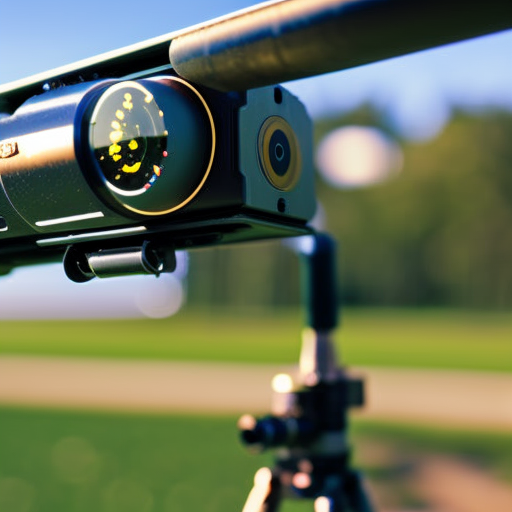Summary:
Ballistics is the study of the motion of projectiles, such as bullets or missiles, and their behavior in flight. It involves the analysis of factors such as velocity, trajectory, and impact. Ballistics is crucial in various fields, including forensic science, military operations, and sports. This summary provides an overview of the different types of ballistics, the principles behind them, and their applications.
Internal Ballistics:
Internal ballistics focuses on the behavior of a projectile inside a firearm. It involves studying factors such as propellant burn rate, chamber pressure, and barrel length. The goal is to optimize the performance of the firearm by ensuring efficient ignition and combustion of the propellant, resulting in maximum velocity and accuracy. Internal ballistics also helps in understanding the effects of different ammunition components, such as bullet weight and shape, on the projectile’s behavior.
External Ballistics:
External ballistics deals with the projectile’s behavior once it leaves the barrel and is influenced by external factors such as gravity, air resistance, and wind. The primary concern is to determine the projectile’s trajectory, which is affected by its initial velocity, launch angle, and environmental conditions. External ballistics calculations involve complex mathematical models that take into account these factors to predict the projectile’s flight path accurately. This information is crucial for long-range shooting, artillery fire, and missile guidance systems.
Terminal Ballistics:
Terminal ballistics focuses on the behavior of a projectile upon impact with a target. It involves studying factors such as penetration, fragmentation, and energy transfer. Terminal ballistics is essential in forensic investigations to determine the cause of injuries or deaths resulting from gunshot wounds. It also helps in designing ammunition for specific purposes, such as self-defense or hunting, where the desired effect on the target needs to be achieved.
Forensic Ballistics:
Forensic ballistics applies the principles of ballistics to the investigation of crimes involving firearms. It involves analyzing bullet and cartridge case evidence recovered from crime scenes to link them to specific firearms. Forensic ballistics experts examine factors such as bullet markings, striations, and firearm characteristics to establish connections between a weapon and a crime. This information can be crucial in identifying suspects, reconstructing crime scenes, and providing evidence in court.
Military Ballistics:
Military ballistics plays a vital role in the development and deployment of weapons systems. It includes the design and testing of firearms, ammunition, and artillery systems. Military ballistics experts analyze factors such as range, accuracy, and lethality to optimize weapon performance. They also study the effects of different environmental conditions and countermeasures on the behavior of projectiles to ensure effective military operations.
Sports Ballistics:
Ballistics principles are also applied in various sports, such as shooting, archery, and golf. In shooting sports, understanding external ballistics is crucial for long-range accuracy. Archery involves studying the flight of arrows to achieve precision and consistency. Golfers use ballistics principles to calculate the trajectory and distance of their shots. By applying ballistics knowledge, athletes can improve their performance and achieve better results.
In conclusion, ballistics is a multidisciplinary field that encompasses the study of projectiles’ motion, behavior, and impact. Internal ballistics focuses on the behavior of projectiles inside firearms, while external ballistics deals with their behavior in flight. Terminal ballistics examines the effects of projectiles upon impact. Forensic ballistics applies these principles to crime investigations, military ballistics is crucial for weapon development and deployment, and sports ballistics helps athletes improve their performance. By understanding the principles of ballistics, experts in various fields can make informed decisions and achieve desired outcomes.












